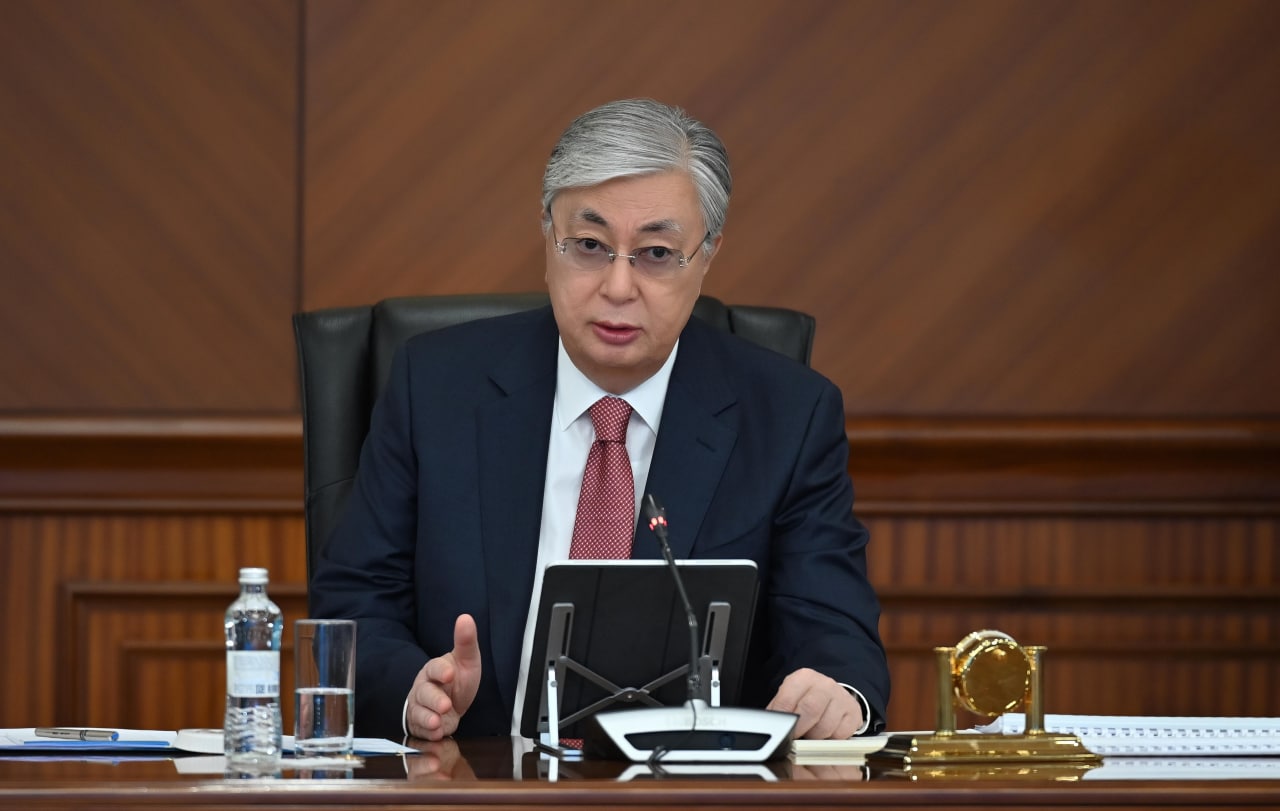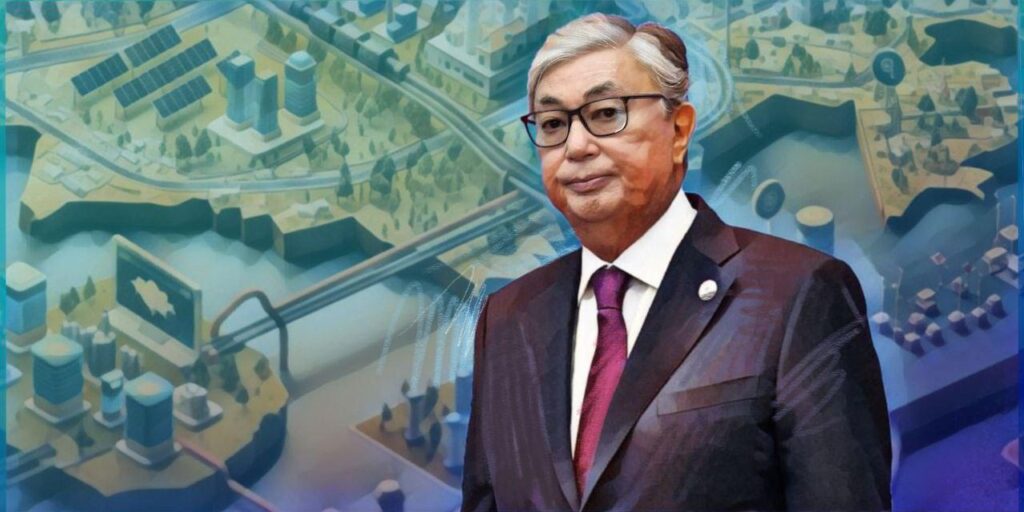30 December 2022
Kazakhstan had a momentous year in 2022. It started with the January unrest, when thousands of citizens went into the streets in peaceful rallies against a sudden sharp increase in prices of the liquefied gas they used in their homes. These rallies turned into a mass protest against the legacy of the regime of Kazakhstan’s first president, Nursultan Nazarbayev, who had failed to give the people a voice and listen to their legitimate needs. What started out as a dangerous and tragic affair, however, soon turned into a real opportunity for the country’s democratic future.
The big shift from Nazarbayev to Tokayev
While the entrenched business elites around Nazarbayev ruled the country for over three decades, discontent grew among the broader population who perceived an economic class bias against them. Tokayev began weakening the power of Nazarbayev and his hangers-on after he became president in 2019; and in 2020, he began to dismantle the Nazarbayevite oligarchy.
After Tokayev removed Nazarbayev’s eldest daughter, Dariga, from her post as Speaker of the Senate and cancelled a state contract worth millions of dollars to another daughter, Dinara, the Nazarbayevite elites became alarmed and began to view Tokayev as an existential threat to their continued power.
Three days into the January events, security forces controlled by Nazarbayevite cliques, and led by National Security Committee head Karim Massimov, hijacked the protests. Using their own criminal provocateurs, they deliberately turned the peaceful protests violent and attempted to stage a coup d’état. They raided armouries and stormed government buildings in a co-ordinated effort to push Tokayev from power.
After order was restored, both Nazarbayev and Massimov were ousted from all their official duties, opening the way for an ambitious drive to transform the country’s social, economic and political system through a series of reforms.
What is a “listening state”?
The concept of the “listening state” goes beyond Gorbachev’s glasnost. In English, “glasnost” translates as “openness” or “transparency”, but in Russian, the meaning is more nuanced. The word comes from the noun golos and the suffix -nost. Golos means voice, and -nost means “the quality of”. So, glasnost is the quality of having a voice, as opposed to not having one. Hence, “glasnost” in Russian implies listening to the voice of the public.
Glasnost was the foundation of two other Gorbachev reforms: perestroika and democratization. Perestroika meant “restructuring” of the economy, while democratization meant political reforms. Under Gorbachev in the Soviet Union, glasnost, restructuring and democratization were supposed to reinforce one another. All three had to work together for any one of them to succeed completely.
The problems that Tokayev confronted when he became president in 2019 broadly resemble the problems that Gorbachev faced in 1985. The Brezhnev regime, which Gorbachev inherited, became referred to as a period of “stagnation”, thus the antithesis of glasnost. Like Brezhnev, Nazarbayev entrenched an elite political class, disconnected from the people, and unwilling to respond to their needs or institute significant reforms. Implementing a “listening state” is the most important and necessary of Tokayev’s reforms, intimately linking glasnost with democratization.
The outlook of Tokayev’s “listening state” bodes well for Kazakhstan
Tokayev’s “listening state” represents a transformational democratic shift in relations between the Kazakhstan state and its public. It goes further than glasnost by not only acknowledging and listening to the public’s voice but also providing legitimate channels for its amplification. Tokayev’s reforms for a “fair and just Kazakhstan” foresee that public policy will respond to public input and its implementation will likewise depend on public feedback. This is a fundamental change from the authoritarian suppression of such input and feedback under the Nazarbayev regime.
Tokayev’s moves against the oligarchs who have ruled Kazakhstan’s economy for the last 30 years aim to restructure the domestic economy, as did perestroika in Russia. In addition, he is diversifying the economy outside the energy sector. His program also reforms trade relations and foreign investment regulations to allow small and medium enterprises to become internationally more competitive.
Gorbachev’s glasnost, restructuring and democratization failed partly because domestic political opposition undercut them, and partly because the Soviet Union was too far gone by 1985 to be able to implement such wide-ranging and interactive fundamental reforms without falling into chaos. Kazakhstan in 2022 differs from the Soviet Union in 1985 in important ways. The Kazakhstani people have had 30 years to shake off the inherited Soviet political culture. They not only recognize the value of these reforms but also outright demand them.
Conclusion
Tokayev began promoting the “‘listening state’, which quickly and efficiently responds to all constructive citizens’ requests” in his address to the nation on September 2, 2019. He is more likely to succeed than Gorbachev not only because he has had a head-start but also because he is a more experienced leader and statesman. The events of January 2022 were tragic, but they opened real possibilities for the country’s democratic transformation and the success of the “listening state”.









